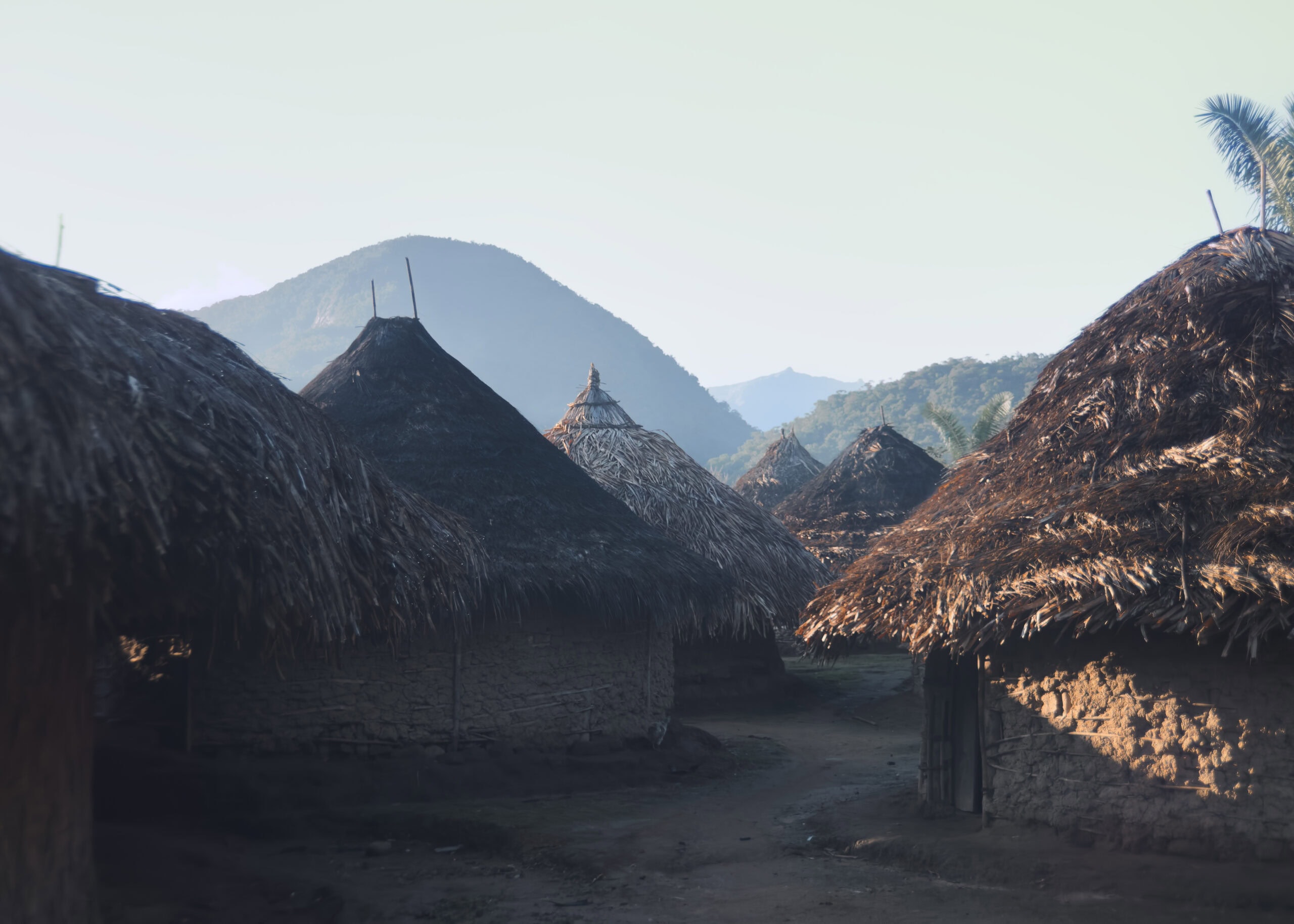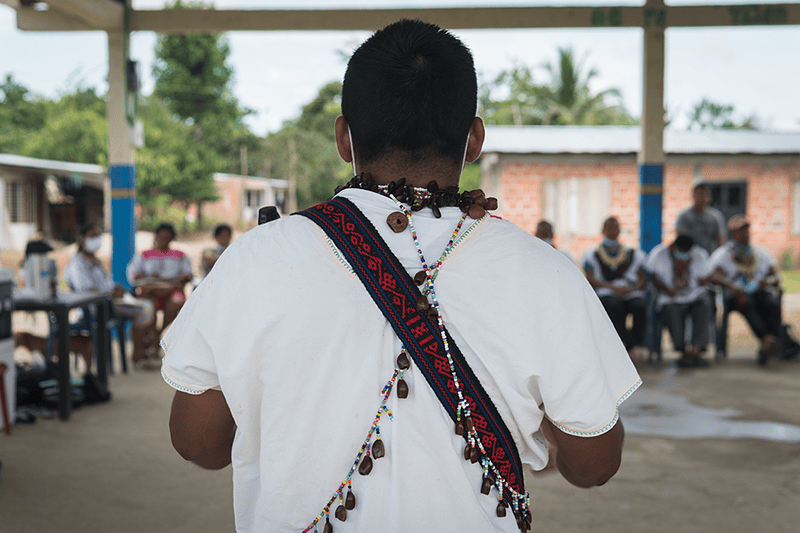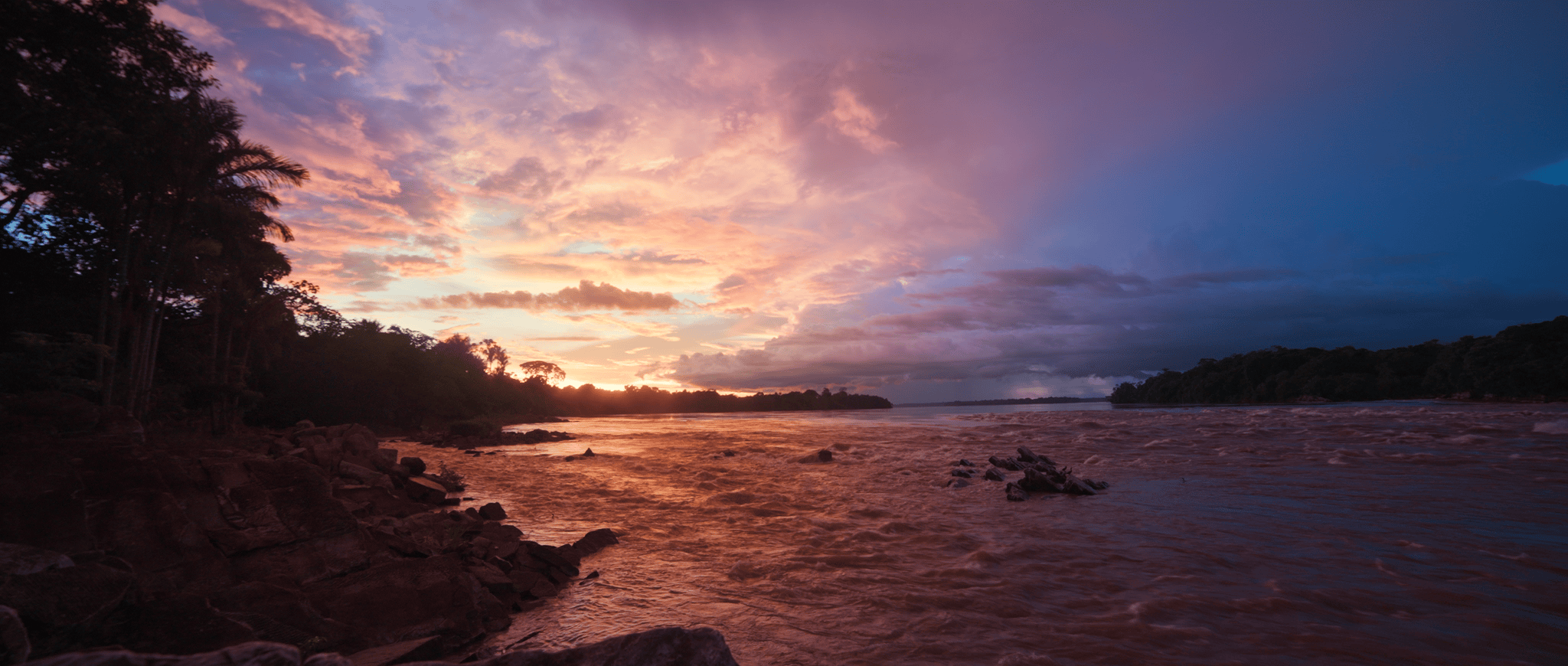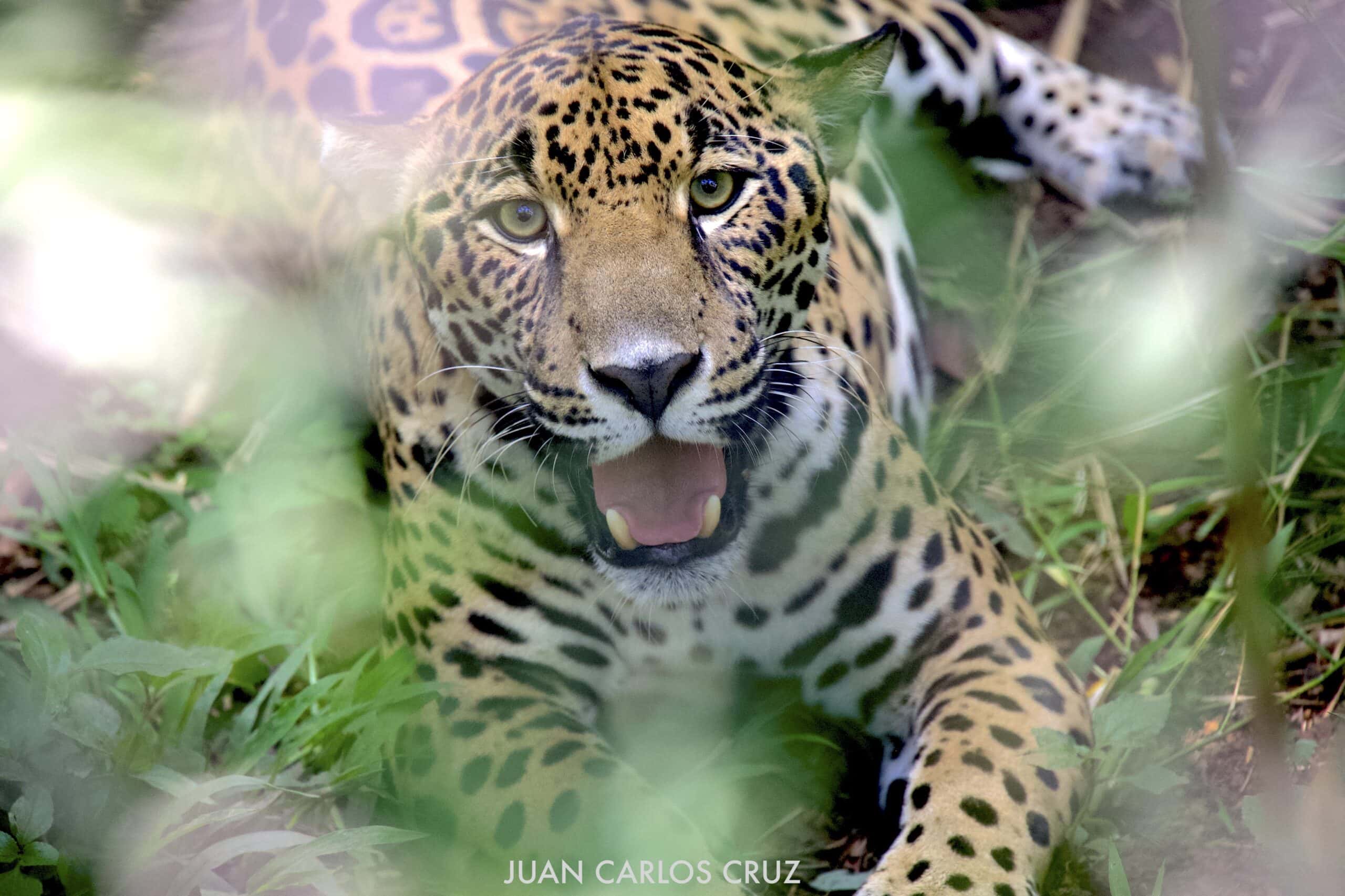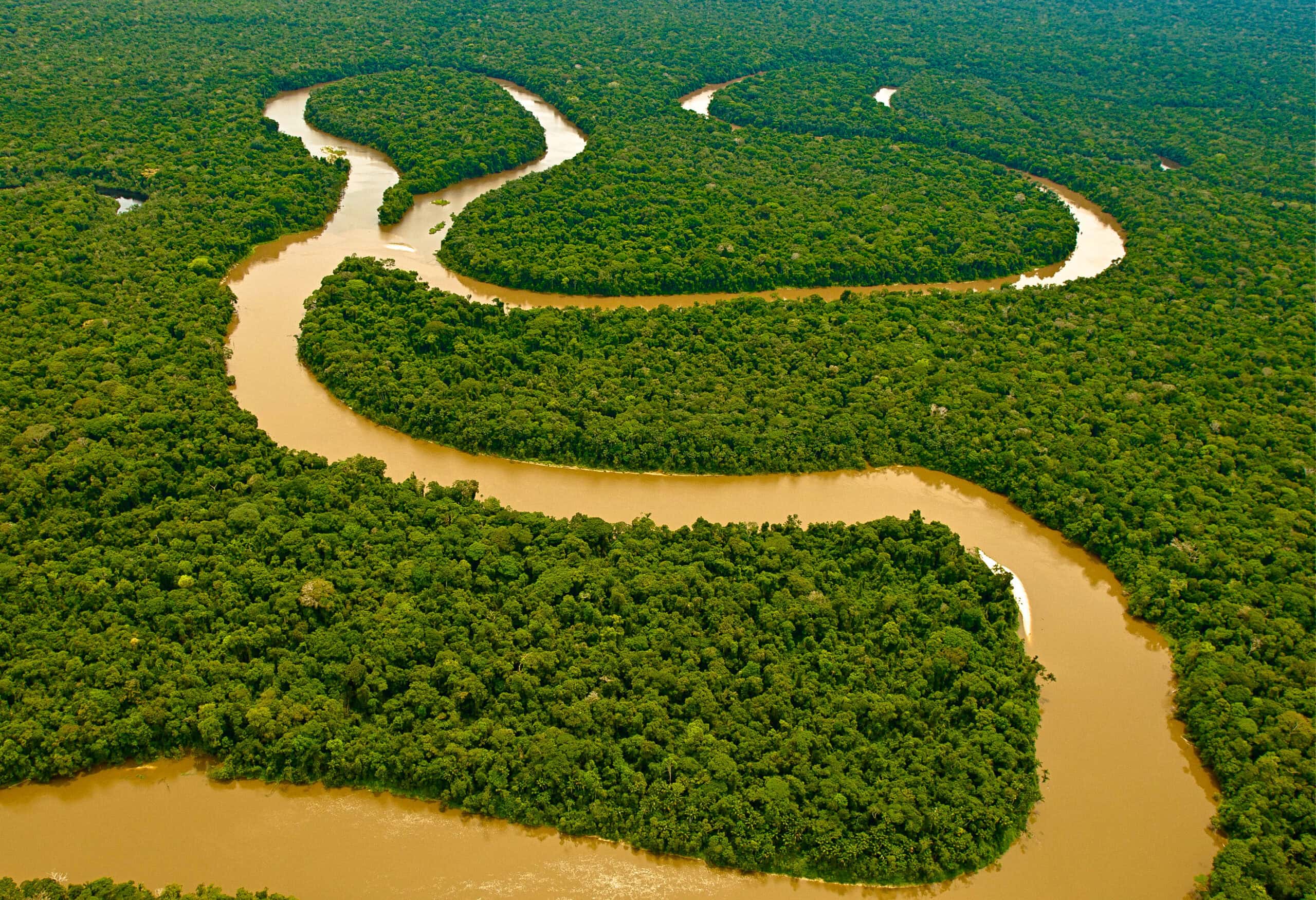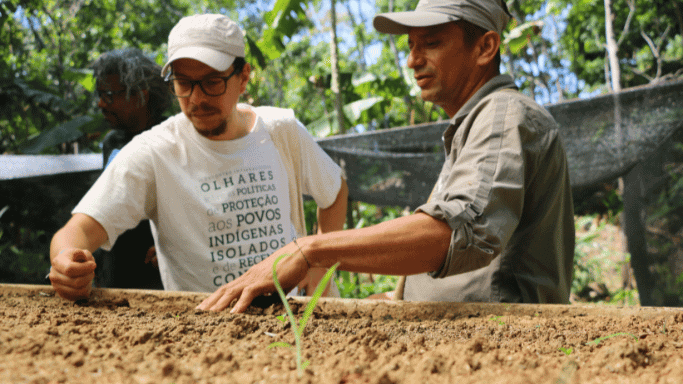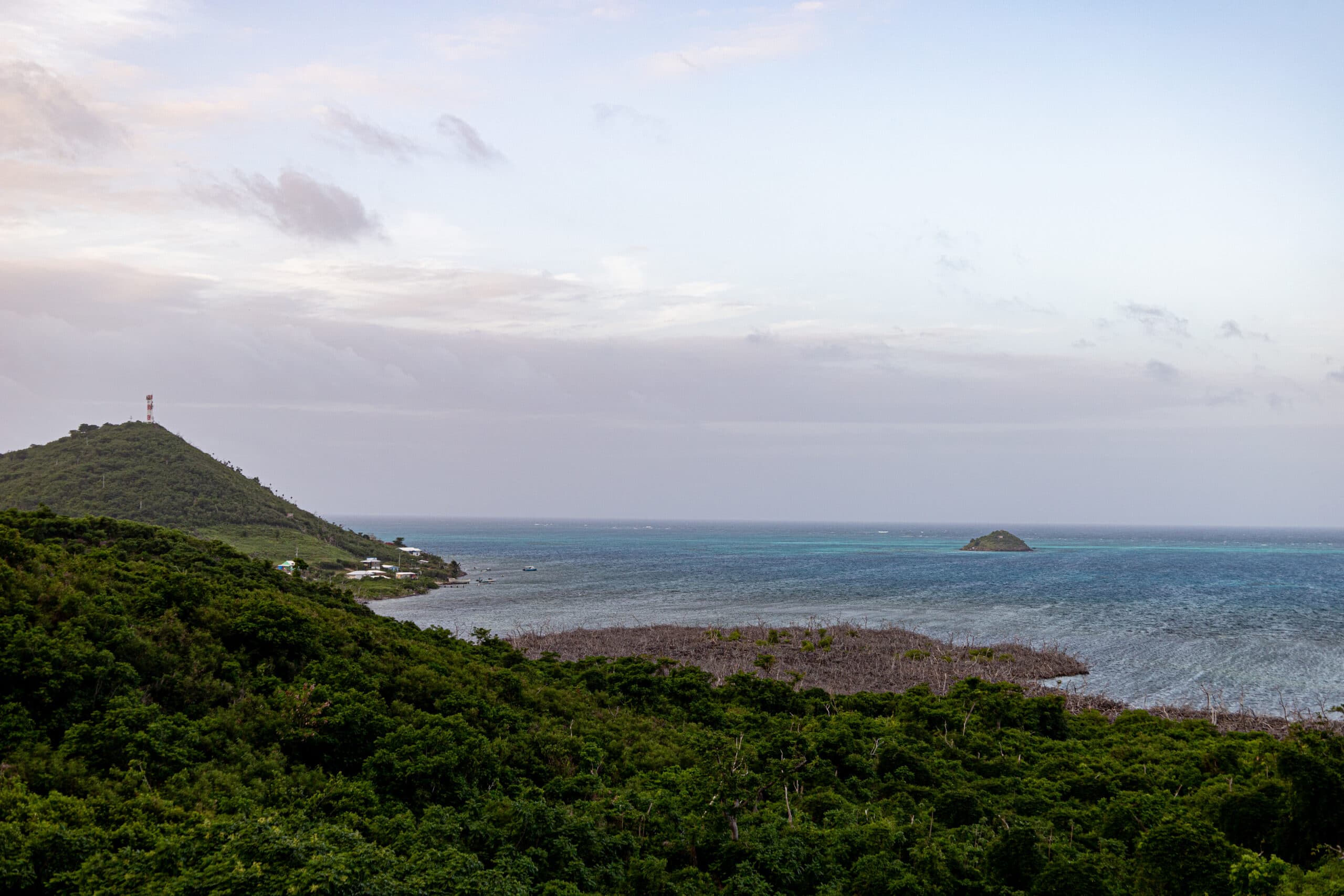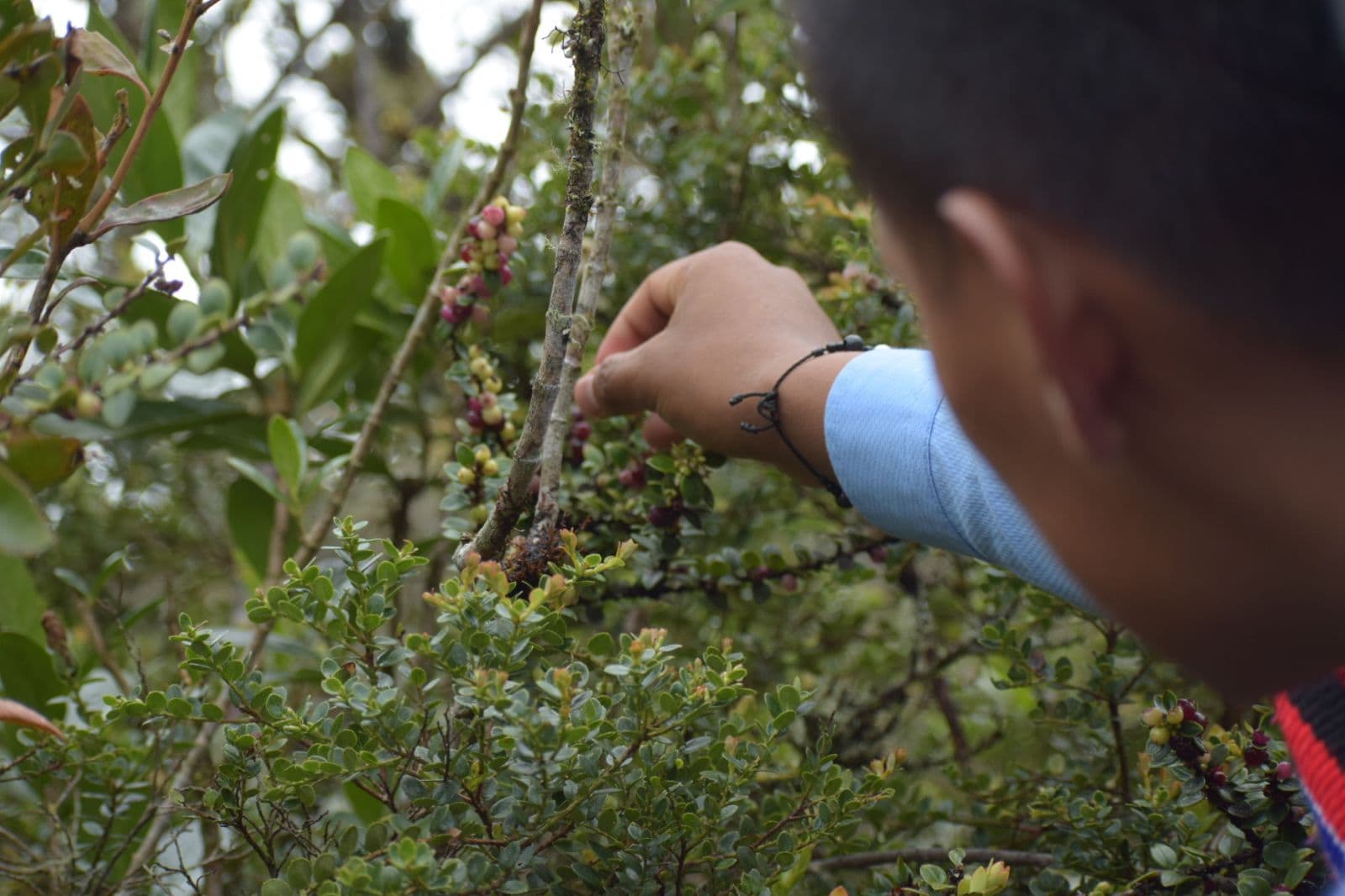The Heart of the World: Conservation in the Sierra Nevada de Santa Marta
The Sierra Nevada de Santa Marta in northern Colombia is the highest coastal mountain range on Earth. Just 25 miles from the Caribbean Sea, its snowcapped peaks rise dramatically from the coastline, creating a uniquely stunning landscape that holds profound spiritual and cultural meaning for the Indigenous Peoples of the region. For the Kogui, Arhuaco,…
Read MoreColombia Embraces Indigenous Health as National Policy
Last month, in a historic act, Colombia’s national government formally adopted the Indigenous Intercultural Health System (SISPI) as national public policy by signing Decree 480. The President signed the decree alongside representatives from the Minga Indigena and other organizations from across Colombia. Indigenous organizations, Colombia’s Ministry of Health, and other state entities worked together for…
Read MoreChristian Science Monitor Highlights Landmark Protection of Isolated Indigenous Territory in Colombia
The Amazon Conservation Team (ACT) was recently highlighted in The Christian Science Monitor’s Points of Progress column for its role in a landmark conservation and human rights victory in Colombia. The article celebrates the official recognition of 2.7 million acres as off-limits to development and human contact, safeguarding the isolated Yuri-Passé people. ACT was recognized…
Read More“Intangible Zone” Documentary Highlights the Protection of Isolated Indigenous Peoples
Discover the upcoming documentary Intangible Zone, focusing on the protection of the isolated Yuri-Passé people in the Colombian Amazon. Directed by Greg Méndez López, this film highlights the importance of safeguarding Indigenous cultures and the Amazon ecosystem. Join the sneak preview screening with insights from the director and experts.
Read MoreThe Jaguar: Guardian of the Amazon
In the heart of the Amazon rainforest, one elusive and powerful creature reigns supreme—the jaguar. Known as el tigre in much of South America, the jaguar is more than just an apex predator. Jaguar conservation in the Amazon is essential for the health and resilience of Amazonian ecosystems. The jaguar is also a sacred being…
Read MoreColombia Makes History: Legal Protection for Indigenous Peoples in Isolation
Colombia Makes History: Legal Protection for Isolated Indigenous peoples in Colombia In a groundbreaking move, the Colombian government has taken an unprecedented step to protect Indigenous Peoples Living in Isolation by defining their territory—with Indigenous allies, the Amazon Conservation Team (ACT), and a coalition of partner organizations playing central roles in fostering this historic resolution. Indigenous…
Read MoreThe Amazon Rainforest: Fascinating Facts About Its Importance and Biodiversity
The Amazon Rainforest represents one of the most vital ecosystems on Earth, home to an incredible variety of plants, animals, and indigenous tribes. As the world’s largest tropical rainforest, the Amazon is crucial not only for its biodiversity but also for its role in regulating the global climate and supporting human life. As a result,…
Read MoreBeyond Borders: Uniting for Indigenous-Led Conservation in the Amazon
Amazon Conservation Team Collaboration in Colombia Earlier this month, ACT’s international staff gathered in Bogotá, Colombia, to reinforce our commitment to working across boundaries and cultures. Team members from the U.S., Brazil, Costa Rica, and the Guianas convened to advance our shared mission: partnering with indigenous and local communities to protect tropical forests and strengthen…
Read MoreRights in the Territory: The Raizal Community
The Rights in the Territory initiative — “Derechos en el Territorio” in Spanish — has as its objective the effective dialogue of Colombia’s Constitutional court with ethnic communities in the country. The initiative is aimed at the promotion, dissemination and cultural and linguistic adaptation of the most significant decisions of the court benefiting these communities.
Read MoreYoung indigenous voices lead the future: ACT-Colombia’s Youth Advisory Board
A youth advisory board sponsored by ACT-Colombia works towards the inclusion of younger voices within our partner communities. It convenes nine members of 10 to 16 years of age from across six geographic regions of Colombia where our programs are present.
Read More

